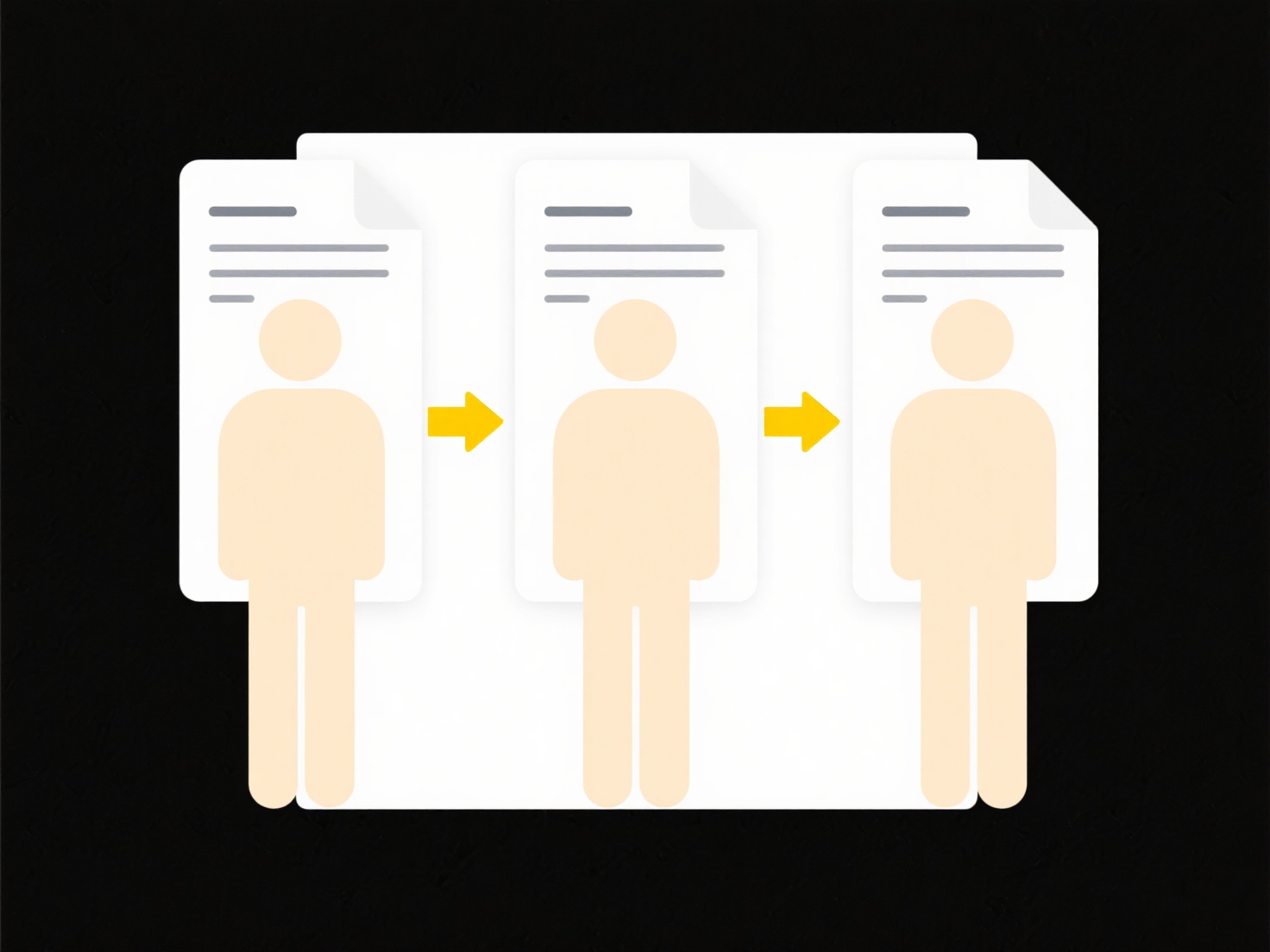
Color-coding allows users to assign specific colors to files or folders within a file management system. This visual tagging creates an immediate, easily recognizable identifier that supplements the item's name. It differs from naming conventions or folder hierarchies by leveraging our brain's rapid response to color for quicker identification and grouping. Support for this feature depends on the operating system (OS) or specific file management software.

For example, macOS users can apply custom colored tags (like red for "Urgent" or blue for "Project X") to files and folders visible in Finder. Windows users can mark folders with specific colored icons via "Folder Properties" in File Explorer. Many cloud storage platforms and third-party file managers, such as Google Drive or Adobe Bridge, also support color-coding assets like images or documents to streamline workflows for designers or content managers.
The main advantage is significantly faster visual scanning and organization based on project status, category, or priority without opening files. However, limitations exist: color meanings aren't standardized, cross-platform support can be inconsistent, and accessibility for colorblind users requires careful label pairing. Ethical considerations center on ensuring chosen palettes remain usable for all. Future enhancements may improve customization and offer better cross-app color sync.
Can I color-code files or folders?
Color-coding allows users to assign specific colors to files or folders within a file management system. This visual tagging creates an immediate, easily recognizable identifier that supplements the item's name. It differs from naming conventions or folder hierarchies by leveraging our brain's rapid response to color for quicker identification and grouping. Support for this feature depends on the operating system (OS) or specific file management software.

For example, macOS users can apply custom colored tags (like red for "Urgent" or blue for "Project X") to files and folders visible in Finder. Windows users can mark folders with specific colored icons via "Folder Properties" in File Explorer. Many cloud storage platforms and third-party file managers, such as Google Drive or Adobe Bridge, also support color-coding assets like images or documents to streamline workflows for designers or content managers.
The main advantage is significantly faster visual scanning and organization based on project status, category, or priority without opening files. However, limitations exist: color meanings aren't standardized, cross-platform support can be inconsistent, and accessibility for colorblind users requires careful label pairing. Ethical considerations center on ensuring chosen palettes remain usable for all. Future enhancements may improve customization and offer better cross-app color sync.
Quick Article Links
Why does my file require a plugin or add-on to open?
Some file formats are not natively readable by your operating system's basic software due to specialized encoding, secur...
How do I organize brainstorming files or notes?
Organizing brainstorming files or notes means systematically structuring the raw ideas, concepts, and visual elements ge...
How do I add a timestamp to file names automatically?
Adding timestamps automatically means programmatically including the current date and time within filenames without manu...